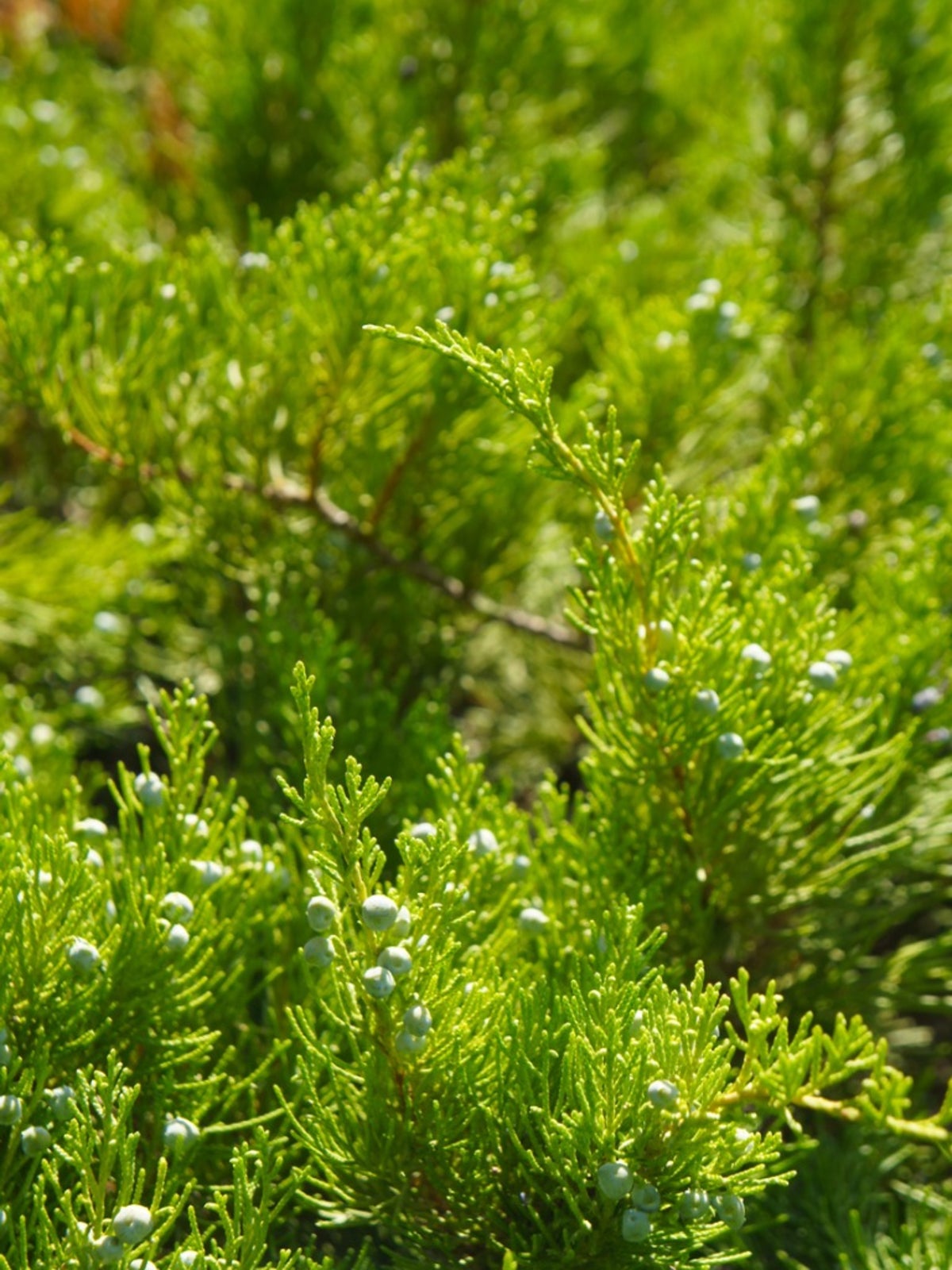List Of Zone 3 Junipers: Tips For Growing Junipers In Zone 3


The sub-zero winters and short summers of USDA plant hardiness zone 3 present a real challenge for gardeners, but cold hardy juniper plants make the job easier. Choosing hardy junipers is easy too, because many junipers grow in zones 3 and a few are even tougher!
Growing Junipers in Zone 3 Gardens
Once established, junipers are drought tolerant. All prefer full sun, although a few types will tolerate very light shade. Nearly any type of soil is fine as long as it’s well-drained and never soggy. Here’s a list of suitable junipers for zone 3.
Spreading Zone 3 Junipers
- Arcadia – this juniper reaches only 12 to 18 inches (30-45 cm.) and its nice green color and creeping growth makes it a great ground cover in the garden.
- Broadmoor – another ground covering juniper, this one is a bit taller, reaching about 2-3 feet (0.5-1 m.) in height with a 4 to 6 foot (1-2 m.) spread.
- Blue Chip – this low-growing (only 8 to 10 inches (20-25 cm.)), silvery-blue juniper looks great in areas needing quick coverage while adding contrast.
- Alpine Carpet – even smaller at up to 8 inches (20 cm.), Alpine Carpet fills in areas nicely with its 3-foot (1 m.) spread and features an attractive blue-green color.
- Blue Prince – only 6 inches (15 cm.) high with a 3 to 5 feet (1-1.5 m.) spread, this juniper produces a lovely blue color that can’t be beat.
- Blue Creeper – this blue-green variety spreads up to 8 feet (2.5 m.), making it a great choice for larger areas of the garden in need of ground cover.
- Prince of Wales – another great ground covering juniper reaching a mere 6 inches (15 cm.) in height, Prince of Wales has a 3 to 5 feet (1-1.5 m.) spread and offers additional interest with its purplish tinted foliage in winter.
- Old Gold – if you’re tired of the same old green, then this attractive creeping juniper is sure to please, offering somewhat taller (2 to 3 feet), brilliant gold foliage to the landscape scene.
- Blue Rug – another silver-blue type with low growing foliage, this juniper covers up to 8 feet (2.5 m.), having a growth habit much akin to its name.
- Savin – an attractive deep green juniper, this variety reaches anywhere from 2 to 3 feet (0.5-1 m.) tall with a spread of about 3 to 5 feet (1-1.5 m.).
- Skandia – another good choice for zone 3 gardens, Skandia features bright green foliage of about 12 to 18 inches (30-45 cm.).
Upright Junipers for Zone 3
- Medora – this upright juniper reaches heights of about 10 to 12 feet (3-4 m.) with nice blue-green foliage.
- Sutherland – another good juniper for height, this one reaches around 20 feet (6 m.) at maturity and produces a nice silvery-green color.
- Wichita Blue – a great juniper for smaller landscapes, reaching only 12 to 15 feet (4-5 m.) tall, you’ll love its beautiful blue foliage.
- Tolleson’s Blue Weeping - this 20-foot (6 m.) tall juniper produces gracefully arching branches of silvery blue, adding something different to the landscape.
- Cologreen – featuring compact narrow growth, this upright juniper makes a great accent screen or hedge, taking shearing quite well for more formal settings.
- Arnold Common – a slender, conical juniper reaching only 6 to 10 feet (2-3 m.), this one is perfect from creating vertical interest in the garden. It also features feathery, soft green aromatic foliage.
- Moonglow – this 20-foot (6 m.) tall juniper has silvery blue foliage year round with an upright columnar to slightly pyramidal shape.
- Eastern Red Cedar – don’t let the name fool you…this is, in fact, a juniper rather than a cedar as is often mistaken. This 30-foot (10 m.) tree has attractive gray-green foliage.
- Sky High – another name leaving you in wonder, Sky High junipers only reach 12 to 15 feet (4-5 m.) tall, not so high when you think about it. That said, it’s a great choice for the landscape with its attractive silvery blue foliage.
Gardening tips, videos, info and more delivered right to your inbox!
Sign up for the Gardening Know How newsletter today and receive a free copy of our e-book "How to Grow Delicious Tomatoes".

A Credentialed Garden Writer, Mary H. Dyer was with Gardening Know How in the very beginning, publishing articles as early as 2007.